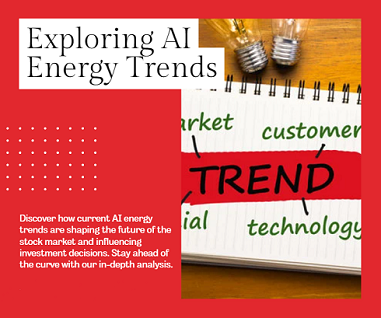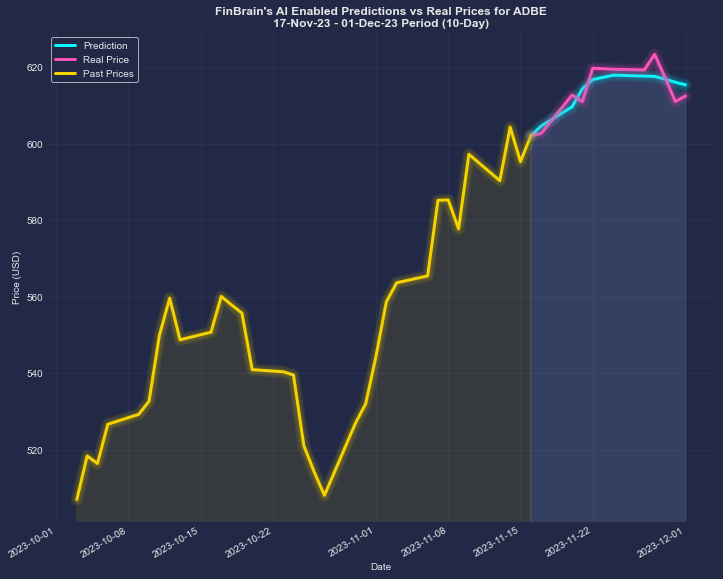20 Handy Ideas For Deciding On Trading With Ai Websites
20 Handy Ideas For Deciding On Trading With Ai Websites
Blog Article
Top 10 Tips For Evaluating The Security And Privacy Of Ai Stock Predicting/Analyzing Trading Platforms
As they typically handle sensitive financial data, or even personal information, security and privacy is paramount. In the event of a data breach or misuse, it could lead to financial and reputational losses. These are the top 10 tips to evaluate the security and privacy of these platforms
1. Examine Data Encryption
Encryption of data in transit Verify that the platform is using secured protocols (e.g. TLS/SSL) that encrypt data between your device, as well as their servers.
In-rest encryption: Check that the security of data stored on platform servers are secured with high-quality encryption standards.
End-to-end encryption: Check that your platform has encryption from beginning to end for sensitive data and communications. are considered to be sensitive.
2. Examine the authenticity of measures
Two-factor verification (copyright) Verify whether the platform is compatible with copyright to provide an additional layer of protection.
Biometric authentication: Check whether the platform supports biometric login options (e.g. fingerprints, facial recognition) for mobile apps.
Password policies: Check whether the platform follows strict policies regarding passwords (e.g. minimum length and complexity requirements).
3. Verify compliance with the regulations.
Financial regulations: Make sure that the platform conforms to the relevant regulations governing financial transactions (e.g. SEC, FINRA or MiFID II).
Data protection laws: Ensure the compliance of your data privacy laws (e.g. GDPR, GDPR, CCPA) when you're in or trading with regions covered by these laws.
Audit certifications. Verify that the platform is certified by third-party security tests or has been accredited (e.g. SOC 2 and ISO 27001).
4. Review the Data Access Controls
Role Based Access: Confirm that the application uses role-based-access controls (RBAC), to limit access to information to only authorized users.
Permission levels: Verify that you can assign different permissions to users or members.
Activity monitoring: Make sure that the platform tracks and monitors every user's activity to identify any unusual behavior.
5. Assess Vulnerability and Management
Updates on a regular basis: The platform should frequently update its software in order to address the weaknesses.
Penetration testing: Check to see if the platform is being tested regularly to identify and rectify security flaws.
Programs for bug bounty: Find out whether your platform is part of a program that rewards external security experts for reporting weaknesses.
6. Evaluate Data Privacy Policies
Transparency: Read the platform's privacy policy to know how your personal information is used, gathered and shared.
Data minimization is the method of ensuring that only data required for functionality are collected by a platform.
Third-party sharing: Determine if your platform shares information with third-party partners, and if it does, what are the conditions.
7. Secure API usage is monitored
API security: Verify that the platform's API utilizes secure authentication (e.g. OAuth, API Keys) and secures all data exchanges.
Rate-limiting: Check if the API has a rate limit to avoid abuse and brute-force attacks.
Look for access logs. The platform must log API use and access in order to monitor and audit.
8. Evaluate Incident Response and Recovery
Incident response plan - Ensure that the platform is equipped with a procedure to deal with security breaches, data breaches, or other incidents.
Notification policies: Check if users are notified promptly in case of a security breach.
Make sure you have backups of data and Disaster recovery plans.
9. Assess the physical security measures
Security of the data center Check that the servers of your platform are situated in data centers that are equipped with physical security measures, like security and access controls.
Redundancy Verify the redundant platforms of the platform to ensure data availability if any hardware fails.
Geographic distribution: Check if data is distributed over multiple geographical locations to ensure greater resilience.
10. Check privacy controls on users
Data deletion: Check that the platform permits you to permanently delete your data when you stop using the platform.
Privacy settings: See if there are privacy settings that permit you to limit the information shared and visible.
Check for anonymization. This is essential when you use the platform to conduct machine-learning or analytics.
Bonus Tips
User feedback and reviews to assess the platform's security and privacy.
Trial period: Experience the privacy and security features of the platform with the free trial.
Customer Support: Ensure that the platform is able to provide a robust support for security issues.
These suggestions will assist you to assess the security and privacy of AI trading platforms that forecast or analyze the prices of stocks. Your financial and personal information will be safe. A secure trading platform is not only a way to safeguard your assets, but it also builds confidence and trust. See the recommended best ai stock trading bot free hints for website info including free ai trading bot, ai chart analysis, investing ai, ai stock trading bot free, trading chart ai, ai trading app, ai chart analysis, trade ai, chart analysis ai, ai trader and more.
Top 10 Suggestions For Evaluating The Scalability And Accuracy Of Stock Trading Platforms Based On Ai
To make sure that AI-driven prediction and trading platforms can handle the increasing volume of data, user requests and market complexity, it is crucial to assess their scalability. These are the top 10 tips to assess scalability.
1. Evaluate Data Handling Capacity
TIP: Make sure that the platform you are considering can handle and process large amounts of data.
The reason: Scalable platforms must be able to handle increasing data volumes without performance degradation.
2. Test Real-Time Processor Capabilities
Tip: Assess how well the platform processes real-time data streams, such as live stock prices, or breaking news.
The reason: The immediate analysis of trading decisions is vital, as delays can lead you to missing opportunities.
3. Cloud Infrastructure and Elasticity Cloud Infrastructure and Elasticity: Take a look
TIP: Make sure your cloud platform (e.g. AWS, Google Cloud or Azure) and is able to dynamically scale resources.
Cloud platforms are able to allow for elasticity. The system can be scaled up or down depending on the demands.
4. Algorithm Efficiency
Tip : Check the computational effectiveness and the accuracy of AI models to make predictions.
The reason: Complex algorithms can consume a lot of resources, so the ability to optimize these algorithms is vital to scalability.
5. Examine Distributed and Parallel Computing
Check to see if your platform supports the concept of distributed computing or parallel processing (e.g. Apache Spark, Hadoop).
What are they: These technologies facilitate faster data processing and analytics across multiple nodes.
Examine API Integration & Interoperability
Tips: Make sure to check the integration of the platform to external APIs.
What's the reason? Seamless integration enables the platform to be adapted to the changing environment of trading as well as data sources.
7. Analyze User Load Handling
To test the effectiveness of your platform, simulate high traffic.
Why is that a platform that can scale must maintain performance, even as users increase.
8. Examine the Model Retraining Adaptability
Tip Assess how frequently the AI models are taught with new data.
Since markets are always changing It is crucial to update models regularly.
9. Verify Fault Tolerance and Redundancy
Tip: Make sure the platform is equipped with failover mechanisms to handle software or hardware malfunctions.
The reason: Downtime is costly in trading, so fault tolerance is vital for scaling.
10. Monitor Cost Efficiency
Tips: Examine the costs of scaling the platform, which includes cloud resources, data storage, and computing power.
Why: It's important to maintain a healthy balance between expenses and performance costs.
Bonus Tip: Future-Proofing
Make sure the platform incorporates the latest technology (e.g. quantum computing, advanced NLP), and is able to adjust to regulatory changes.
If you concentrate your focus on these aspects, you can accurately assess the scalability AI prediction as well as trading platforms. This will ensure that they will be robust, efficient, and also well-equipped for future growth. See the top right here about stock market software for blog tips including ai investing, best ai for trading, free ai trading bot, best ai stock trading bot free, ai stock trading app, best ai stock, investment ai, trade ai, ai options trading, ai copyright trading bot and more.